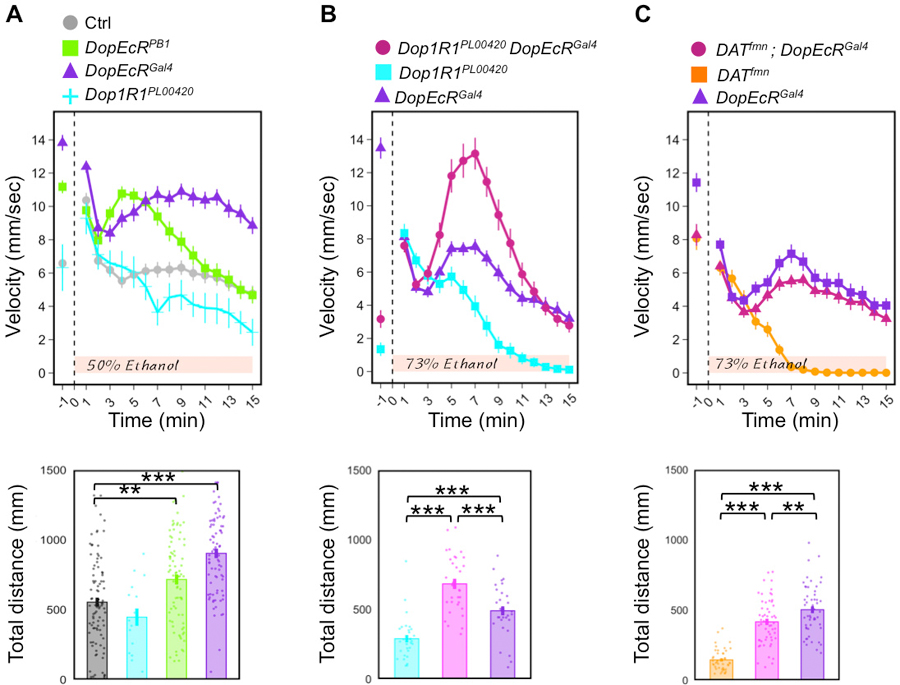Figure 3. DopEcR mutants display abnormal ethanol-induced locomotion.

A) Homozygous hypomorphic DopEcRPB1 (n = 80) and null DopEcRGal4 (n = 80) mutants showed greater locomotor activity than control w1118 (n = 95) flies in response to 50% ethanol vapor, whereas Dop1R1PL00420 (n = 16) mutants displayer hypo-locomotor responses. B) Double mutant Dop1R1PL00420 DopEcRGal4 (n = 32) displayed a robustly higher locomotor activity than either DopEcRGal4 (n = 32) and Dop1R1PL00420 (n = 31) single mutants flies upon exposure to 73% ethanol vapor. C) Double mutant DATfmn ; DopEcRGal4 (n = 56) displayed a robustly higher locomotor activity than either DATfmn (n = 44) and Dop1R1PL00420 (n = 52) single mutants flies upon exposure to 73% ethanol vapor. Experimental Methods: Fly cultures were maintained in standardized conditions (25°C, 65% humidity, 12hr day/night cycle) and aged to 3–5-days-old. Male flies were loaded in DAM glass vials, placed in a custom-made plexiglass chamber and delivered 1 minute of humidified air and then 15 minutes of ethanol vapor. Videos were recorded using a LogiTech webcam and analyzed with pySolo tracking (Gilestro, 2012). 2–3 experiments were performed for each genotype; averages and SEMs are plotted; ANOVA repeated measures tests with Bonferroni post hoc tests were performed in R. ***p<0.001. DATfmn (obtained from Kazuhiko Kume, Nagoya City University, Japan).
